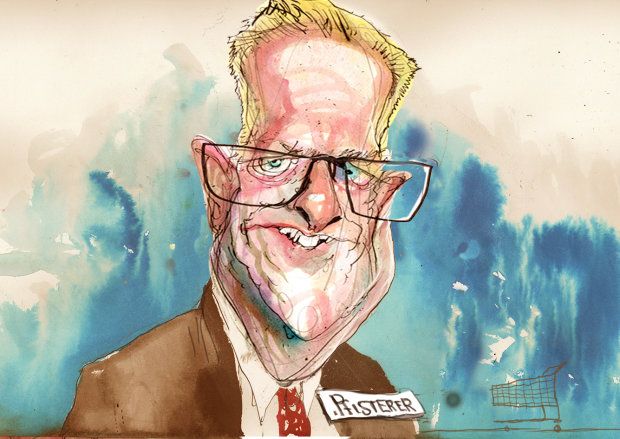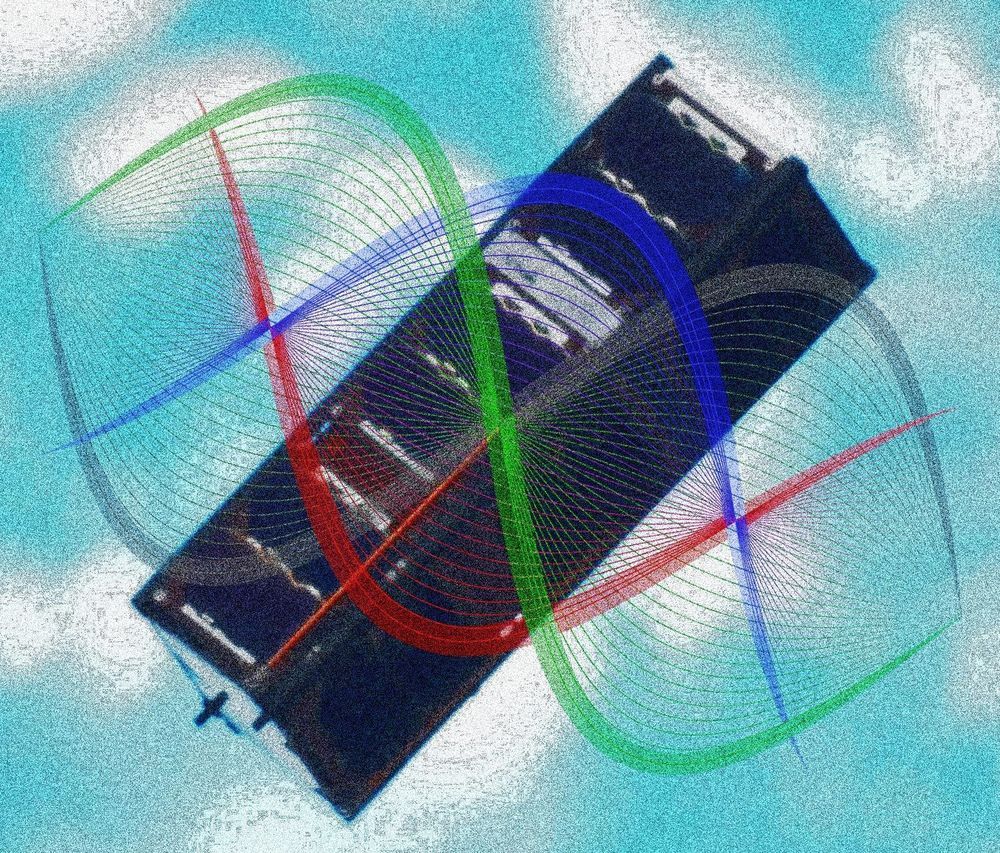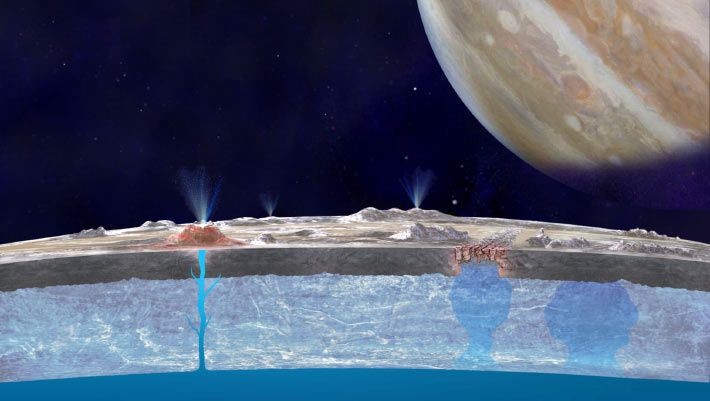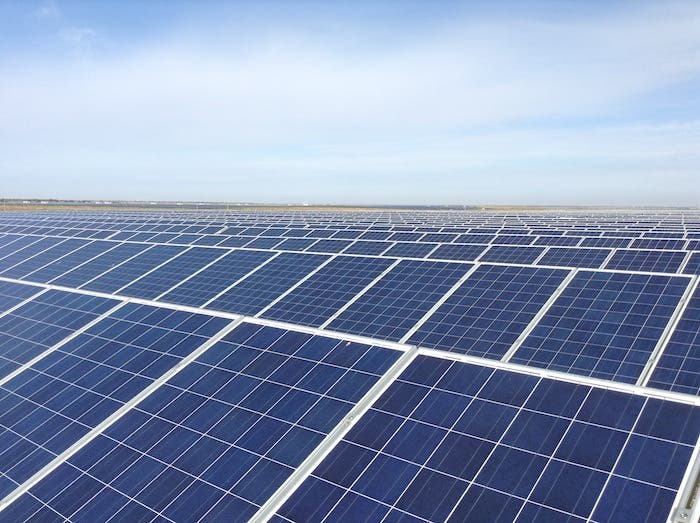Ford invited InsideEVs to the Ford Performance Technical Center to experience the all-electric Mustang Mach-E. We also spent time with the car’s engineers.
Get the latest international news and world events from around the world.
China sent martial artists to LAC before deadly clash: Report
China reinforced its troops near the Indian border with mountain climbers and martial arts fighters shortly before a deadly clash this month, state media reported.
Tensions in the mountainous border terrain are common between the two nuclear-armed neighbours, but this month’s fighting was their deadliest encounter in nearly 50 years.
Five new militia divisions, including former members of a Mount Everest Olympic torch relay team and fighters from a mixed martial arts club, presented themselves for inspection at Lhasa, the capital of Tibet, on June 15, official military newspaper China National Defense News reported.
Graze’s solar-powered, self-driving mower is a view of Elon Musk’s fully-autonomous future
Tesla’s Autonomy Day in April 2019 gave supporters of the company a look into Elon Musk’s vision of a fully-autonomous future. While the event featured the company’s strategies for the future as it prepares to “free investors from the tyranny of having to drive their own cars,” the $100 billion agriculture sector is also looking into sustainable, self-driving technologies that would revolutionize the industry.
Santa Monica, California-based lawn and landscaping startup Graze is developing a solar-powered, fully-autonomous lawn mower that requires no human interaction. The battery-operated, fully-autonomous mower is being developed by Graze CEO John Vay who has an extensive background in landscaping, and CTO Roman Flores whose past employers include NASA and the Caltech Curiosity Mars Rover Team. The two minds are developing the product in an attempt to revolutionize commercial agriculture as we know it.

Nanotechnology applied to medicine: The first liquid retina prosthesis
Research at IIT-Istituto Italiano di Tecnologia (Italian Institute of Technology) has led to the revolutionary development of an artificial liquid retinal prosthesis to counteract the effects of diseases such as retinitis pigmentosa and age-related macular degeneration that cause the progressive degeneration of photoreceptors of the retina, resulting in blindness. The study has been published in Nature Nanotechnology.
The study represents the state of the art in retinal prosthetics and is an evolution of the planar artificial retinal model developed by the same team in 2017 and based on organic semiconductor materials (Nature Materials 2017, 16: 681–689).
The ‘second generation’ artificial retina is biomimetic, offers high spatial resolution and consists of an aqueous component in which photoactive polymeric nanoparticles (whose size is 350 nanometres, thus about 1/100 of the diameter of a hair) are suspended, and will replace damaged photoreceptors.
Birds of a Feather: Hubble Images Magnificent Galaxy With “Flocculent” Spiral Arms
The spiral pattern shown by the galaxy in this image from the NASA /ESA Hubble Space Telescope is striking because of its delicate, feathery nature. These “flocculent” spiral arms indicate that the recent history of star formation of the galaxy, known as NGC 2775, has been relatively quiet. There is virtually no star formation in the central part of the galaxy, which is dominated by an unusually large and relatively empty galactic bulge, where all the gas was converted into stars long ago.
NGC 2275 is classified as a flocculent spiral galaxy, located 67 million light-years away in the constellation of Cancer.
Millions of bright, young, blue stars shine in the complex, feather-like spiral arms, interlaced with dark lanes of dust. Complexes of these hot, blue stars are thought to trigger star formation in nearby gas clouds. The overall feather-like spiral patterns of the arms are then formed by shearing of the gas clouds as the galaxy rotates. The spiral nature of flocculents stands in contrast to the grand design spirals, which have prominent, well defined-spiral arms.


Quantum Entanglement Demonstrated Aboard Orbiting CubeSat – Step Toward Space-Based Global Quantum Network
Advance poised to enable cost-effective space-based global quantum network for secure communications and more.
In a critical step toward creating a global quantum communications network, researchers have generated and detected quantum entanglement onboard a CubeSat nanosatellite weighing less than 2.6 kilograms and orbiting the Earth.
“In the future, our system could be part of a global quantum network transmitting quantum signals to receivers on Earth or on other spacecraft,” said lead author Aitor Villar from the Centre for Quantum Technologies at the National University of Singapore. “These signals could be used to implement any type of quantum communications application, from quantum key distribution for extremely secure data transmission to quantum teleportation, where information is transferred by replicating the state of a quantum system from a distance.”

Planetary Researchers Explore Habitability of Europa’s Ocean
A duo of U.S. planetary scientists has calculated that water in the subsurface ocean of Jupiter’s icy moon Europa could have been formed by breakdown of water-containing minerals due to either tidal forces or radioactive decay.

Awesome Idea: Turn Rikers Island Into A Solar Farm
Kate Aronoff wrote about a great idea recently: turn Rikers Island into a solar farm. Transforming a prison that was built on heaps of trash into a solar farm does have many benefits.
Her article dives into the past as well as the present of Rikers Island and she points out that both share the story of the United States itself. The island’s ownership has roots traced to slaveowners since the 1660s and played a huge role in the kidnapping ring that sold black people in the North back to slavery in the South under the Fugitive Slave Act. The island was sold in 1884 and it became a penal colony. The island was redesigned into a massive jail complex.
Today, 80% of the island’s landmass is landfill. Aronoff, with her words, painted a picture of an island that is filled with decomposing garbage and prisoners — with 90% of them being people of color. “Heat in the summer can be unbearable, which has lent to its ominous nickname: The Oven,” she wrote. She referenced another account from Raven Rakia who spoke about the island’s “environmental justice horror show.” Rakia noted that 6 of the island’s 10 facilities don’t have any air conditioning.
Automating Incident Response and Forensics
Learn more about AWS at — https://amzn.to/2s2ys0Y
AWS London Summit 2018 — Breakout Session:
Come and learn the latest and greatest tricks for automating your incident response and forensics in the cloud. This session focuses on automating your cloud incident response processes covering external and insider threats, triggers, canaries, containment, and data loss prevention.
Products & services: AWS lambda, amazon guardduty, AWS step functions, amazon cloudwatch.